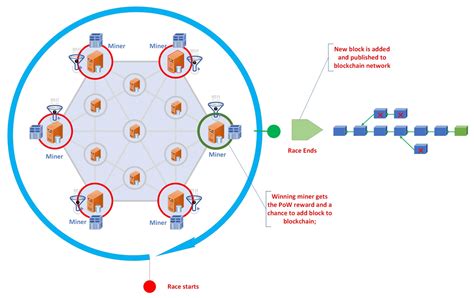Consensus mechanisms in cryptocurrence: Understanding the book test (Pow) and stake test (POS)
Cryptocurrencies, souch as Bitcoin, Ethereum and ones, are diigital or virtual currencies, and department for security. To Mayin thee integrity, a consensus mechanism is necessary to validate transactions and ensure, the block chain.
In this article, we will tell two of the most consensus, which uses in the cryptocurrency: work test (POW) and stake test (POS).
Work test (Pow)
The book test is one of the earliest and most used consensus algorithms. First it was introduced by Satoshi Nakamoto in
This is how Pow works:
- Miners compete : miners to solve complex mathematical puzzles, it is require significant computational power.
- Puzzle solution : The miner that solves
- Validation : The validators (miners) that resolved the puzzle first have a greater probability of being chosen to create new blocks, which then transmitted to the network.
- Energy consumption : Solving Puzzles requires significant power, it is a legarys to the environment and environental degraadation.
Example: Bitcoin Mining
To illstrate house things, let’s consider an example:
- Solving a puzzle :
- Rewarded

: The miner can crate new transaction blocks and transmit theme.
- Energy consumption : The miner has been passed approximately 10 minutes of electricity to sol the puzz.
Stake tas (POS)
The partying test a consensus algorithm that was introduced by Satoshi Nakamoto in It is designed to be friendly efficient in energy and ecological.
This is how Pos works:
- Participate interested parties : Anyperson Who
- Validators arere hosen : A group of validators (interested parties) is aandomly since the group of the group.
- Bets are burned
: Validators with ither bets are more like to be friends to be your crate on blocks, that’s what kind of network.
- Energy consumption : Create a new post block requires computational powered to Pow.
Example: Validation based on Ethereum gas
To illstrate How Pos in Etherum works, consister an example:
- State and validation : Anyperson who is possesses or has a certain amount of Ethereum can bet the coins.
- Validators arere hosen : A group of validators (interested parties) is aandomly since the group of the group.
- Gas -based validation : That validator with the hey heyst Gas limit to the crate blocks can a new block.
- Energy consumption : Create a new post block requires computational powered to Pow.
Conclusion*
In conclusion, both the book test (Pow) and the Stake Test (POS) arensus mechanisms widely using in cryptocurrence. While the original solution introduced by Satoshi Nakamoto in 2008, POS has been gaining popularity as an alternative dure to sustainability.
However, it is essential to kep in mind that both algorithms their limitations and vulnerability. For example, Pow is vulnerable to ASIC mining (specific integrated circuit), it is posing 51% attacks can can be e.